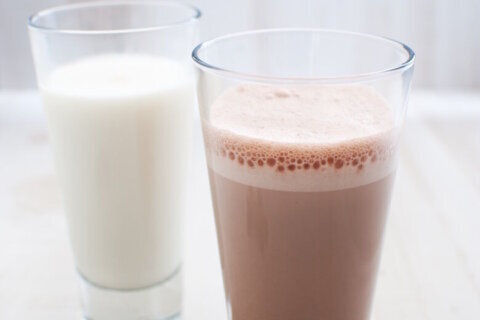WASHINGTON — You’ve been hearing about preservatives in food for years. Artificial colors or flavors are often added, and foods that don’t have them tout that fact.
But are they really needed in food? Lean Plate Club™ blogger Sally Squires said many of these additives do serve a useful purpose.
Salt, for example, has been around for thousands of years, used to help keep food from spoiling. And from the era when refrigeration didn’t exist — turning fruit into jams and jellies, and adding a bit of sugar would make that fruit last a lot longer.
Pickling is another process, one that adds vinegar and salt, to extend the shelf life of food from cucumbers to cabbage. The Food and Drug Administration regulates a list of some 3,000 ingredients, preservatives and additives ranging from sugar and baking soda, to yeast, vanilla and spices.
But there is still concern about some of these additives, and Squires believes it stems from confusing food labels with strange words on the ingredients list. For instance: ascorbic acid, which is just vitamin C; Sodium Chloride, also known as table salt; riboflavin, which is vitamin B2; and folic acid or folate, which is just vitamin B9. Squires said that since more people are looking at food labels, manufacturers like to disclose whether they include some of these ingredients in their foods.
As for what these ingredients do, Squires said they keep fungi or mold out of food. Antioxidants can be used as preservatives, but they can also keep foods with oils in them from going rancid and help keep fruit from turning brown.
Fortification is another factor that doesn’t get as much attention but can be critical for public health. In the late 1990s the U.S. began mandating the fortification of grain products with folic acid.
Immediately, health officials found that rates of some serious birth defects such as spina bifida or babies born with partial brain, dropped by a thousand cases a year. Squires called fortification one of the great public health stories.
Some additives, such as cinnamon, are purely to enhance taste, texture or appearance. Others, such as emulsifiers, stabilizers and thickeners give foods and beverages the consistency that you know and love. And don’t forget leavening agents that give you breads and rolls.
Squires said it’s always important for buyers to ask questions, but they can rest assured that the FDA is looking at all these ingredients on an ongoing basis, and consumers can probably relax about these additives.







